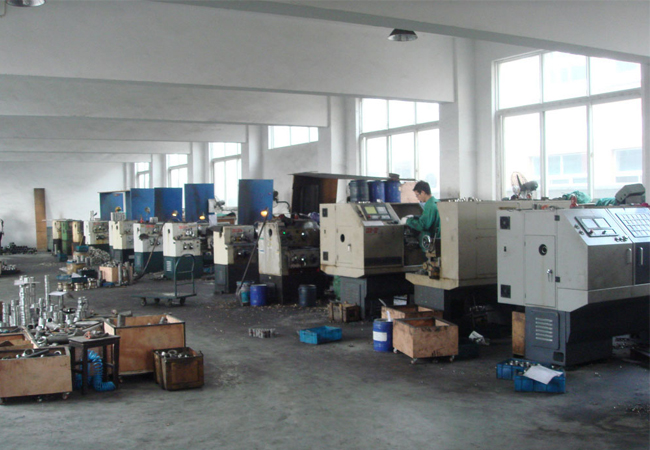English
- Afrikaans
- Albanian
- Amharic
- Arabic
- Armenian
- Azerbaijani
- Basque
- Belarusian
- Bengali
- Bosnian
- Bulgarian
- Catalan
- Cebuano
- Corsican
- Croatian
- Czech
- Danish
- Dutch
- English
- Esperanto
- Estonian
- Finnish
- French
- Frisian
- Galician
- Georgian
- German
- Greek
- Gujarati
- Haitian Creole
- hausa
- hawaiian
- Hebrew
- Hindi
- Miao
- Hungarian
- Icelandic
- igbo
- Indonesian
- irish
- Italian
- Japanese
- Javanese
- Kannada
- kazakh
- Khmer
- Rwandese
- Korean
- Kurdish
- Kyrgyz
- Lao
- Latin
- Latvian
- Lithuanian
- Luxembourgish
- Macedonian
- Malgashi
- Malay
- Malayalam
- Maltese
- Maori
- Marathi
- Mongolian
- Myanmar
- Nepali
- Norwegian
- Norwegian
- Occitan
- Pashto
- Persian
- Polish
- Portuguese
- Punjabi
- Romanian
- Russian
- Samoan
- Scottish Gaelic
- Serbian
- Sesotho
- Shona
- Sindhi
- Sinhala
- Slovak
- Slovenian
- Somali
- Spanish
- Sundanese
- Swahili
- Swedish
- Tagalog
- Tajik
- Tamil
- Tatar
- Telugu
- Thai
- Turkish
- Turkmen
- Ukrainian
- Urdu
- Uighur
- Uzbek
- Vietnamese
- Welsh
- Bantu
- Yiddish
- Yoruba
- Zulu
Telephone: +86 13120555503
Email: frank@cypump.com
Sep . 13, 2024 01:41 Back to list
'casting slurry pump part - vertical slurry pump'
Understanding Casting Slurry Pump Parts The Vertical Slurry Pump
In various industrial applications, the transport of coarse, viscous, and abrasive materials is commonplace. This is where the slurry pump comes into play, particularly the vertical slurry pump, designed to efficiently handle such demanding tasks. A critical aspect of these pumps is their construction, primarily involving casting materials which form the essential parts of the pump.
What is a Vertical Slurry Pump?
A vertical slurry pump is a type of pump that is submerged in the slurry and designed to move a variety of materials, including slurries heavily laden with solids and abrasives. Its vertical orientation allows it to be part of a sump system, taking up less horizontal space and facilitating easier handling of deeper materials. These pumps are often employed in mining, dredging, and wastewater treatment applications where efficient material transfer is essential.
Importance of Casting in Slurry Pump Parts
The materials used in the construction of slurry pump components directly affect their performance and longevity. Among the various methods of manufacturing slurry pump parts, casting is arguably the most prevalent. Casting allows for the creation of intricate designs with complex geometries that meet specific operational requirements.
1. Material Choice Most vertical slurry pumps utilize high-chrome cast iron or high-density polyethylene for their casings and impellers. High-chrome iron offers excellent resistance to abrasive wear, which is crucial when handling slurries rich in hard particles. On the other hand, plastics, while not as durable under stress, provide corrosion resistance in applications involving chemically aggressive slurries.
'casting slurry pump part - vertical slurry pump'

2. Part Design The design of slurry pump parts is tailored to maximize efficiency. The impeller, for instance, is one of the most critical components, often designed to optimize the flow rate and generate sufficient pressure to transport the slurry effectively. Casting techniques allow for the precision needed in shaping these impellers, ensuring proper hydraulic performance.
3. Durability and Maintenance Due to the harsh environments in which slurry pumps operate, the durability of the cast parts is vital. Well-cast components help to minimize wear and tear, ensuring longer operational life and reducing the frequency of maintenance and spare part replacement. This contributes to overall cost savings for businesses relying on these pumps.
Advantages of Vertical Slurry Pumps
Vertical slurry pumps offer several advantages compared to their horizontal counterparts. Their design allows for efficient immersion into the slurry, which often results in reduced cavitation and better suction performance. Moreover, they can manage higher concentrations of solids, making them perfect for mining and mineral processing applications. The ease of maintenance is also worth noting; vertical designs typically allow for simpler access to vital components without requiring extensive disassembly.
Conclusion
The casting process plays a crucial role in the performance and reliability of vertical slurry pumps. By utilizing appropriate materials and innovative designs, manufacturers can produce highly efficient pump parts that withstand the rigors of abrasive and viscous environments. As industries evolve and the demand for robust solutions increases, understanding the integral role of casting in slurry pump components will be essential for those looking to optimize their operations and enhance productivity.
-
ISG Series Vertical Pipeline Pump - Chi Yuan Pumps Co., LTD.
NewsJul.30,2025
-
ISG Series Vertical Pipeline Pump - Chi Yuan Pumps Co., LTD.|energy-efficient fluid handling&industrial durability
NewsJul.30,2025
-
ISG Series Vertical Pipeline Pump - Chi Yuan Pumps | Advanced Engineering&Industrial Efficiency
NewsJul.30,2025
-
ISG Series Pipeline Pump - Chi Yuan Pumps | High Efficiency, Energy Saving
NewsJul.30,2025
-
ISG Series Vertical Pipeline Pump-Chi Yuan Pumps|High Efficiency&Reliable Performance
NewsJul.29,2025
-
ISG Series Vertical Pipeline Pump|High Efficiency&Low Noise
NewsJul.29,2025










